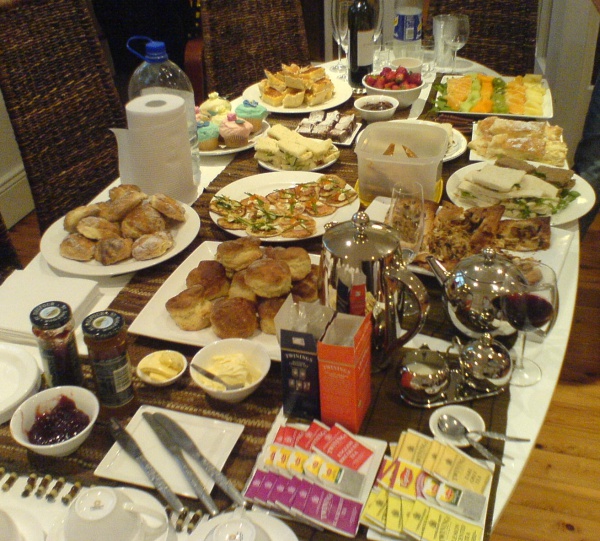Facts About Smörgåsbord
A Smörgåsbord is a traditional Scandinavian meal that originated in Sweden. It is typically served buffet-style, presenting an array of hot and cold dishes for guests to enjoy at their leisure. This term gained international recognition at the 1939 New York World's Fair, owing to the Swedish Pavilion's "Three Crowns Restaurant."
The word "Smörgåsbord" derives from the Swedish words "smör" (butter) and "gås" (goose) and originally referred to buttered bread. While various European countries have their own names for similar buffet-style meals, the concept remains consistent. In English and Scandinavian languages, "Smörgåsbord" now generally denotes any buffet featuring a variety of dishes, not exclusively those tied to Swedish customs.
A traditional Swedish Smörgåsbord includes both hot and cold foods, such as herring, salmon, eel, bread, butter, cheeses, and desserts. During Christmas, there is a special version known as the "julbord" or Christmas table, featuring dishes like ham, meatballs, sausages, and other traditional Swedish Christmas fare.
The Smörgåsbord has a history dating back to the 16th century, when it began as a schnapps table with appetizers preceding the main meal. Over time, it evolved to encompass a broader range of dishes, eventually becoming a popular main course option in restaurants and hotels.
Today, the Smörgåsbord remains an integral part of Scandinavian culinary traditions, providing a diverse selection of dishes for guests to enjoy in a communal and festive ambiance.

 Finland
Finland